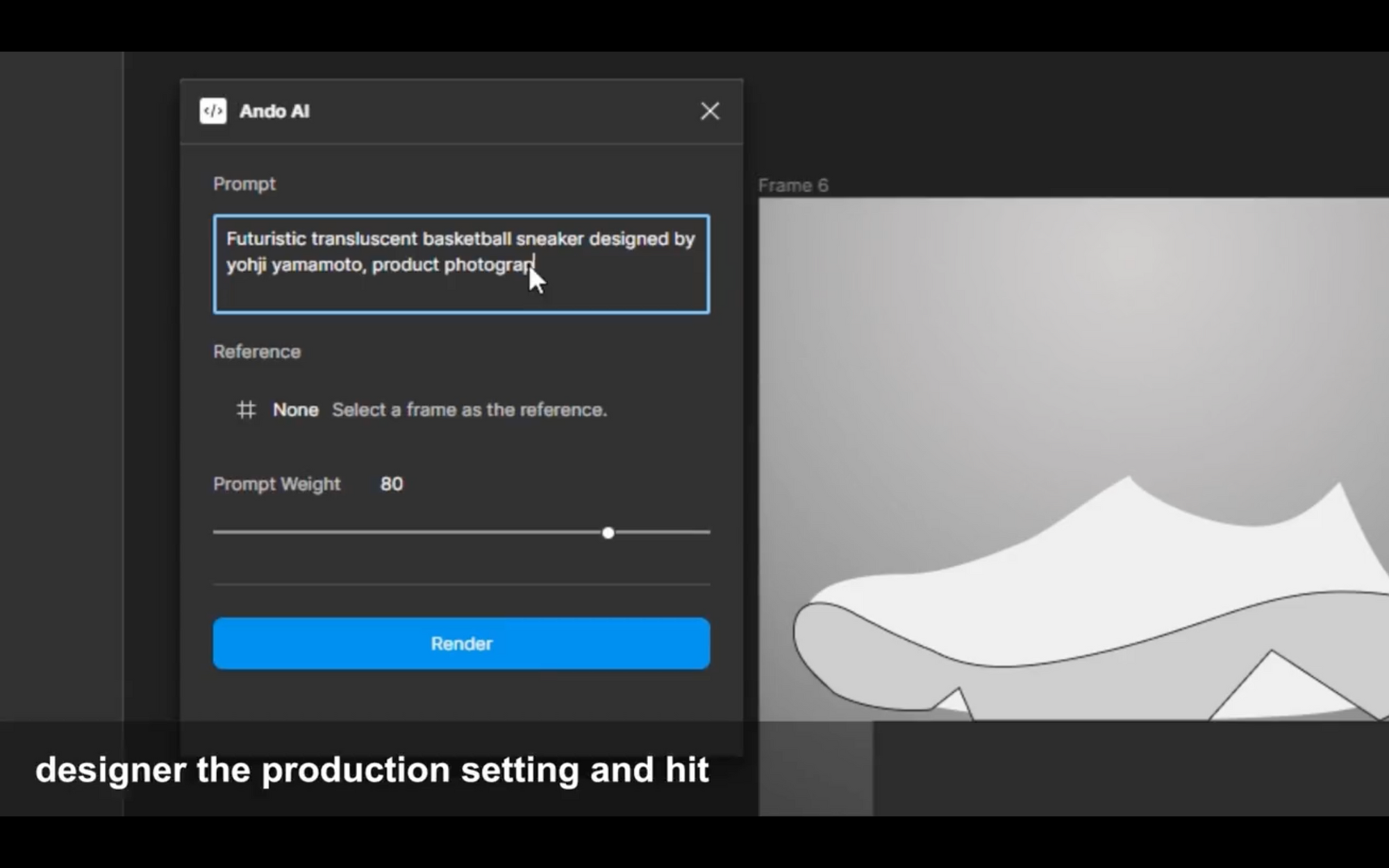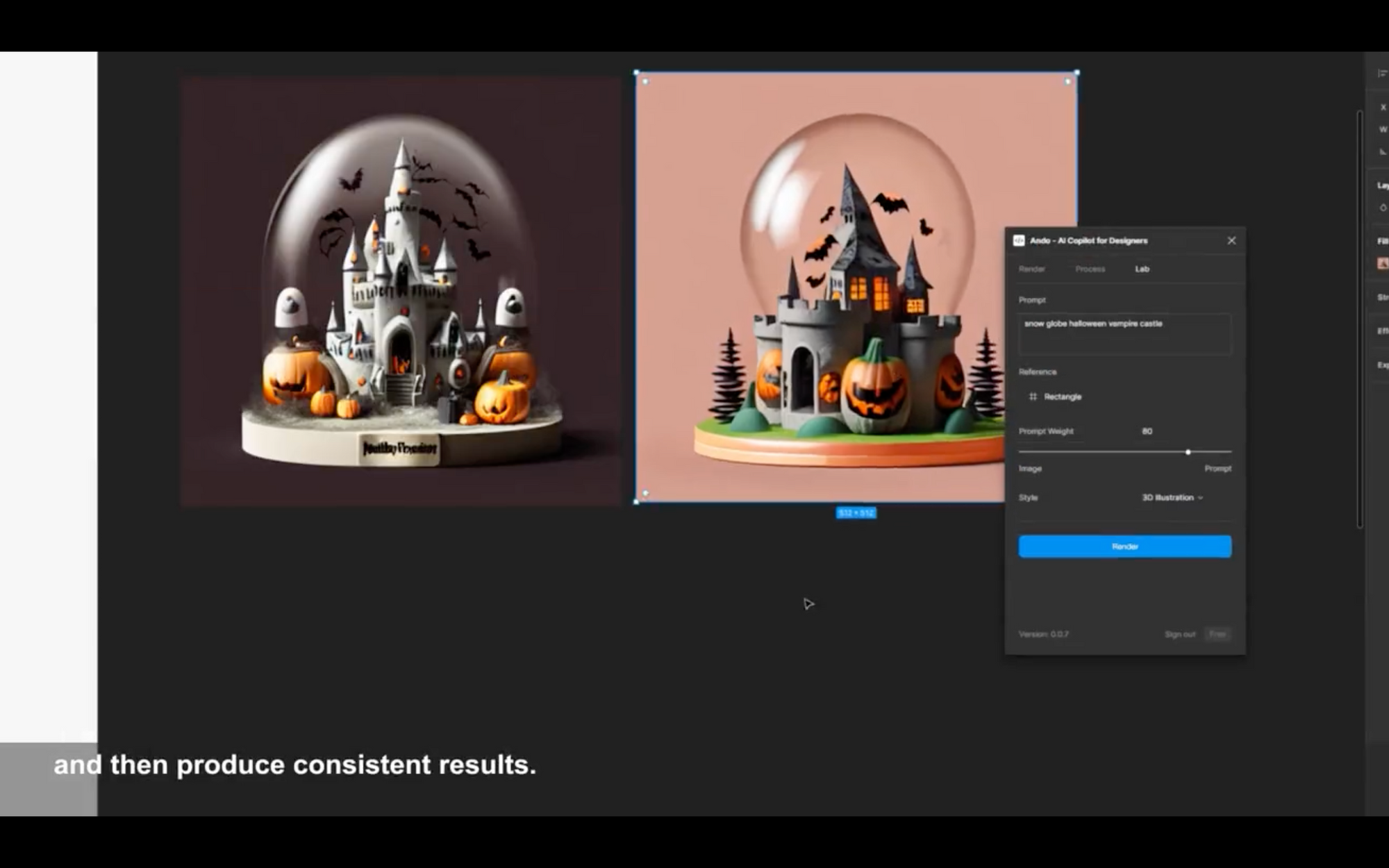Generator Wrangling
This was going to be a huge essay. It was shaping up to thousands of words, there lumbering on my computer waiting to plod and tramp over your brain. But, because I love you, Dear Read, I’ve taken the gobs of compiled rants, links, and blah and making a bunch of shorter, more focused posts which will be easier for you to digest or ignore. You’re welcome.
The Fear
We’ve all done it. Even those art school types of us anxious, terrified really, about the implications of the apocalyptic future of illustration and digital art. We’ve done it just like you have. We’ve gone to the site, and there are many all of the sudden, typed a thing into the form field and see the image that the AI spits back out at us.
A common argument I’ve seen is that training AI models is like an artist learning to paint and finding inspiration by looking at other artwork, which feels completely absurd to me. AI models are memorizing the features found in hundreds of millions of images, and producing images on demand at a scale unimaginable for any human—thousands every minute.
Opening the Pandora’s Box of AI Art
At first glance, it seems anyone like an illustrator or digital artist is essentially doomed. The mind of the ‘creative’ then rushes even further ahead to imagine photography dead in the water as well and thinking, “well, it’s only a matter of time till the machines can physically paint as well”. Every art school scuttled and left for dead along with the dreams of every kid who could draw by a text box and a black box full of the Terminator, SkyNet and The Four Horsemen.
We sort of already have this with things like Prompt Hero which, if you weren’t depressed already, you will be now. My heart actually bleeds for all the billions of hours poured into works that people post on places like Deviant for no other reward than maybe some likes and nice comments from other people who are really good at rendering fantasy. I also wonder how much of these sites are already infected with prompt engineered work. What we seem to have is a new role in the art world that nobody would have ever imagined.
The Regret and Not Just At Shitty Job Titles
We may have just entered a world of the form field enterer instead of the artist. There is someone now who doesn’t study form, light, shade, tone, colour and composition for decades. Nor is there the acknowledgement and gratitude for the billions of man hours trying, failing and trying again to produce an image throughout our history as a (once?) creative species.
I can imagine a time, an albeit very shitty time, where we have even more absurd job titles than “Metaversarist”, for example “Generator Wrangler.” There the Wrangler will be, with a clear understanding of the sordid, inner workings of The Black Box. They will know the exact combinations of words that will make the intended images, just as at one time the bellicose art directors hovered over shoulders squinting and scrutinising at monitors of colours and shapes and letters. He will direct and the machine will produce for way cheaper and infinitesimally faster than humans.
So it’s the artist against the AI? Maybe. Maybe not. Despite the flawless execution in some cases, in many other cases The Generators can’t handle things like “a dancing taco on a beach.” Many have an odd, smeared look, reminiscent of Francis Bacon’s work on a bad day. You can write to the machine but it doesn’t know what you’re thinking, just what you’re typing, and (so far) its vocabulary is semi-limited.
Also, we have to realise that every new technology creates fear and distress. Imagine being a sheet music printer when the radio came out. I imagine at some time people thought Gutenberg was an absolute monster for bringing humanity (read: white people) the printing press and putting all those scribes and monks out of work.
We also need to realise that there is already a very real possibility that it will just become old and tired and last week’s thing. When things are easy to produce, it’s very to have way too much of it. They cheapen and quickly become boring. What happens when a generated image is the pouty perfect photo in front of the pool nobody even pays attention to? Or better yet, what happens when they become akin to banner ads or the privacy thing to click? Aren’t all these generated images, which you can largely spot in a second, already a bit boring?
A Decent Example Moving Forward
Shipped this AI design tool on Figma two weeks ago, and here’s a sneak peak of what’s coming next: fine-tuned models with consistent styles.


This is doing the same thing as the Art Director scribbling something and then handing it to a bunch of overeducated and underpaid people to render out really, and thus interesting in terms of it being a tool. It’s sort of pointing, with a broken finger, in a potential right or at least interesting direction. There is a sketch and then it’s handed off to the rendering. The artist/director/wrangler needs to know how to talk to the machine. They have to understand what it does to get what they want. This is a logical extension of how we’ve always fed machines data to get what we want, which has usually been done through forms and entering data and then pulling it out programmatically.
In all, this is clearly, or maybe just potentially, a shift in how we communicate and understand things and produce imagery to do that. Or maybe just a parlour trick we’ll become bored of like using filters. Maybe prompt engineering is a safe, and actually boring, and distracting publicity stunt for the AI industry? In any case, how we think about what comes next is the real problem.
